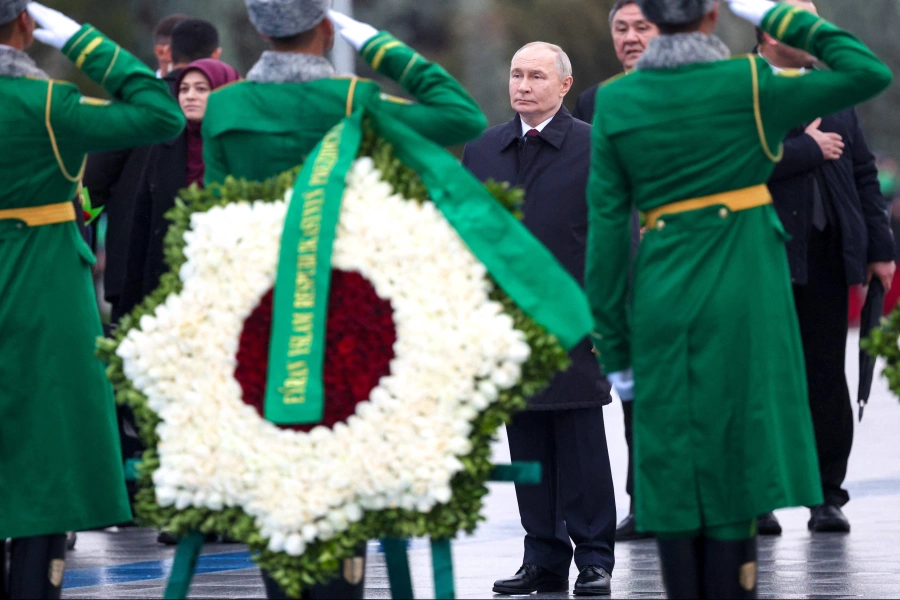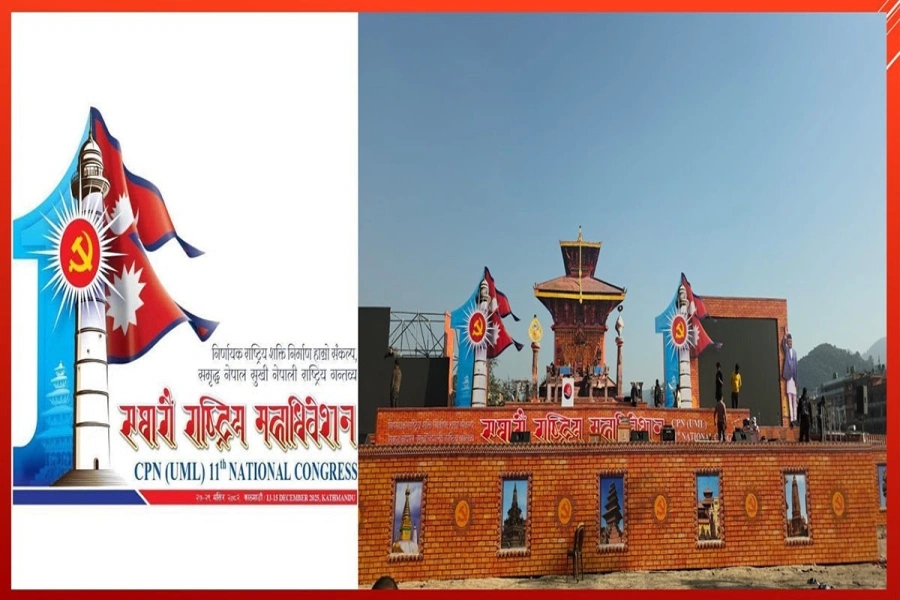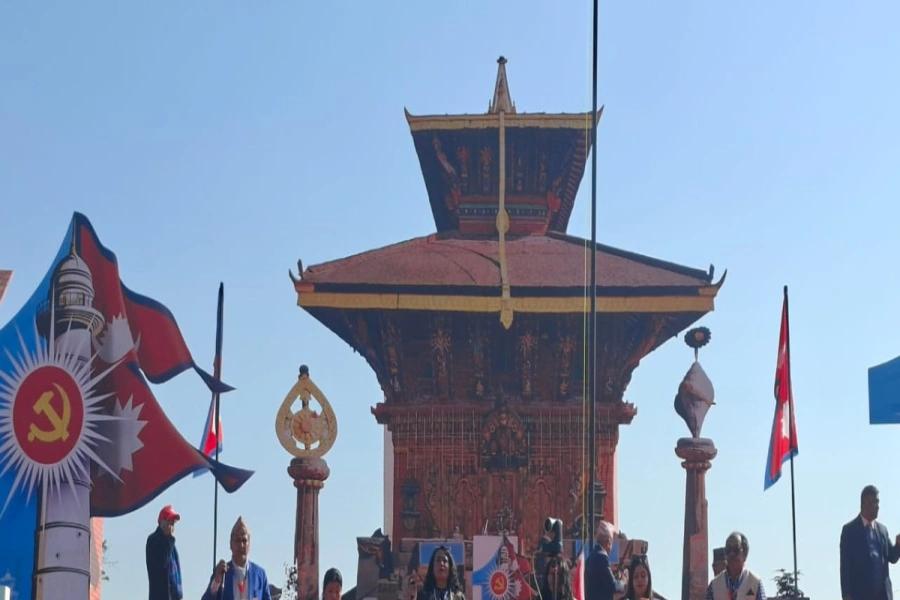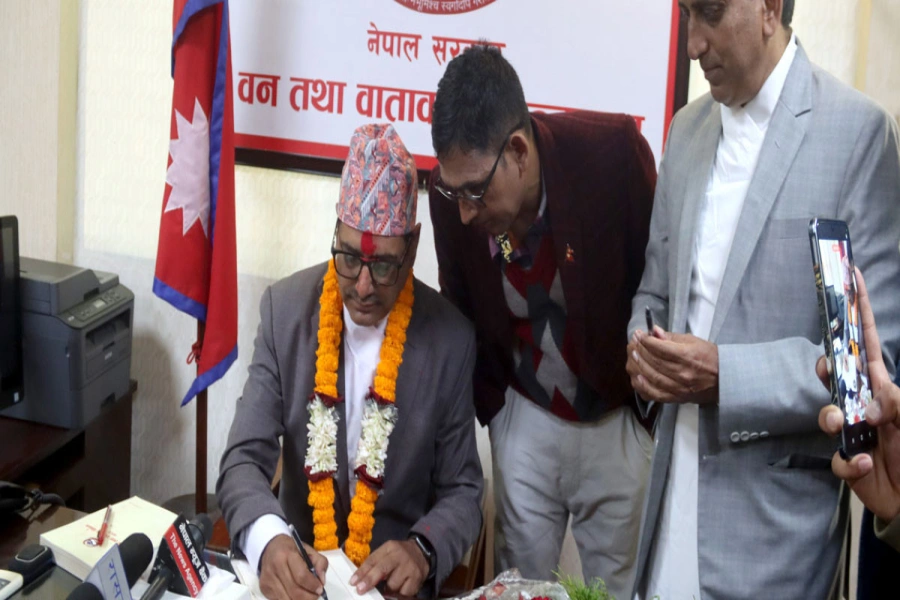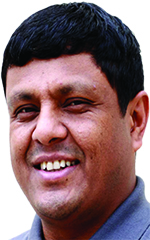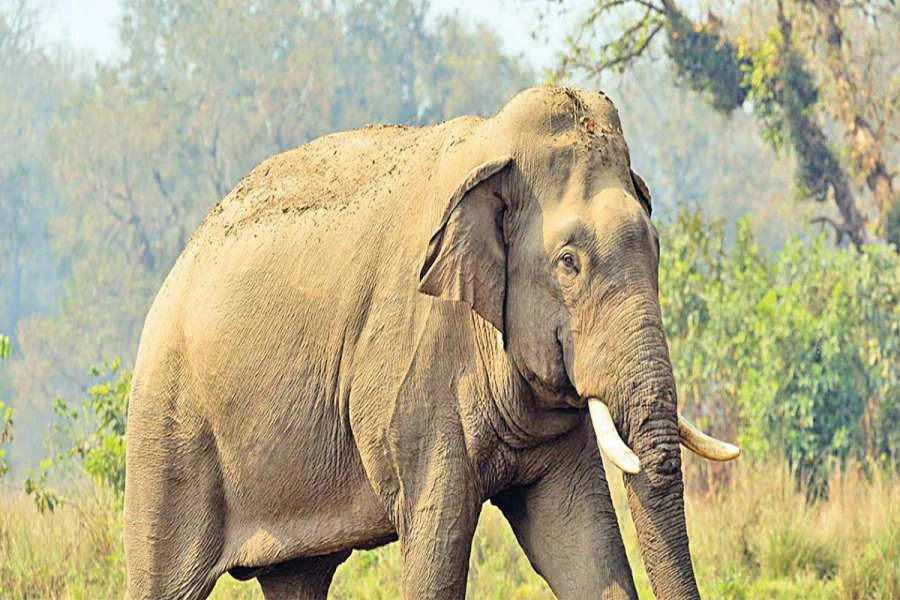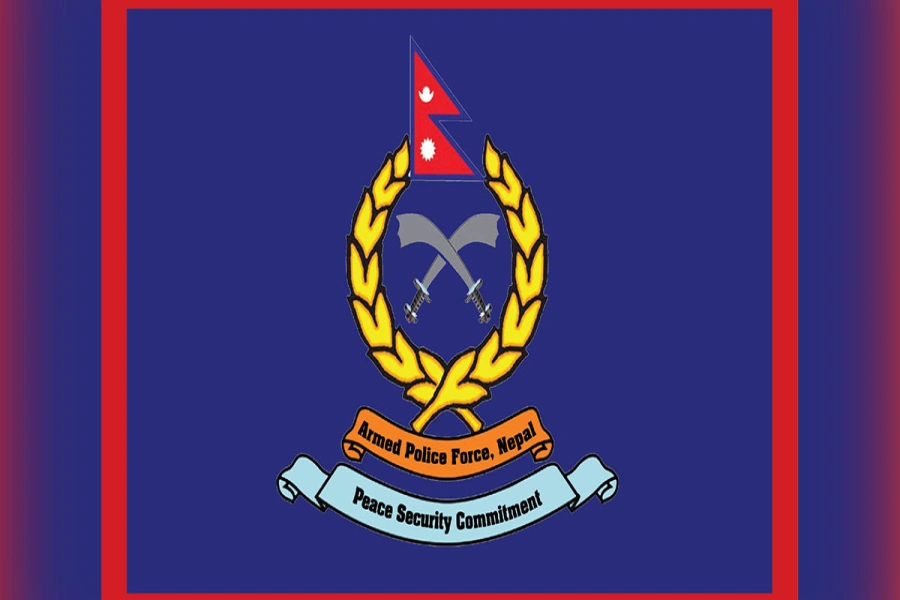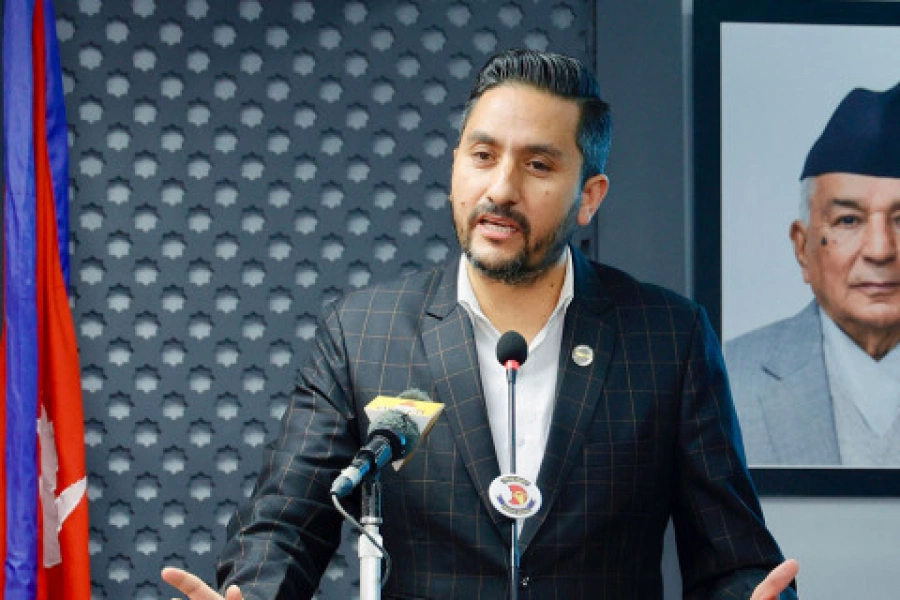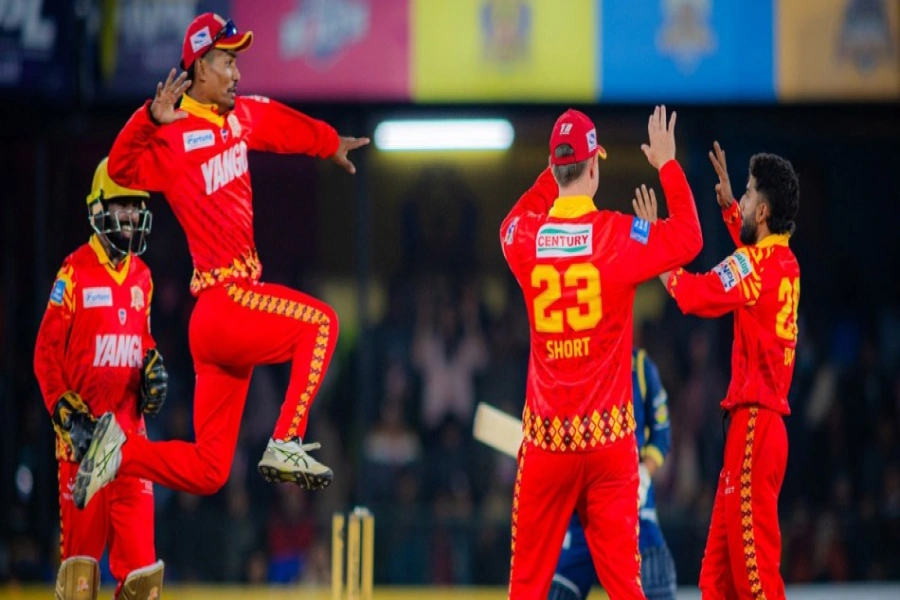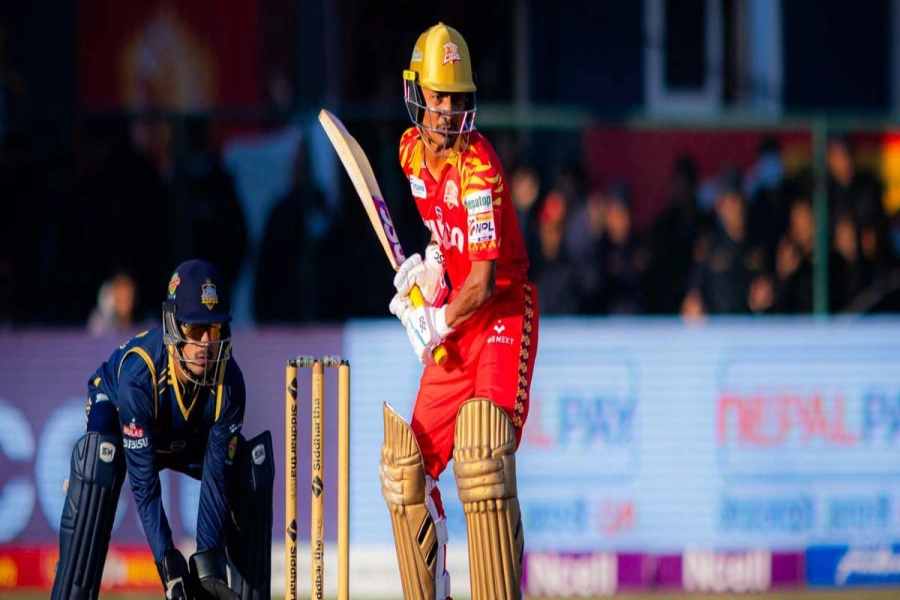Throughout history, women have been marginalized, treated as slaves and considered inferior to men. They were typically limited to domestic roles and barred from pursuing professions outside the home. During a later period, there was a breakdown of the walls that confined women to the domestic sphere, and they began to struggle for entry into professions outside the home. However, certain fields, such as the legal sector, were still considered to require extensive knowledge and wisdom and were therefore reserved exclusively for men. The legal system, including laws, judiciary, private advocate associations, judicial administration, and language used in the legal profession, was constructed by men for men. Consequently, women were not represented in the legal profession for many years. In recent times, women have demanded equal representation and recognition in the legal sector, which is still predominantly male-dominated.
The National Census 2021 has revealed that only 29.77% of women have intermediate and higher level education in the field of law. This statistic primarily highlights the underrepresentation of women in the law sector. This article aims to explore the ways in which the legal sector is centered around male perspectives and practices, and the implications of this phenomenon.
Judiciary
The judiciary in Nepal exhibits male dominance, as evidenced by the use of the term 'Sriman' to address judges, which was originally intended for male judges only. This practice reflects the fact that women were not initially considered for judicial positions, and this bias continues to persist in the present day.
In 2008 BS, Hari Prasad Pradhan became the first male chief justice of Nepal, while it took 65 more years for a woman to reach the same position in 2073. Nepal's judiciary has a history of gender bias, with only one woman serving as chief justice out of a total of 29. This under-representation of women in positions of justice delivery is further highlighted by the fact that out of 82 total judges in the Supreme court of Nepal, only six have been women. Currently, there are 378 judges across all tiers of the court system (excluding tribunals) in Nepal, but only 36 of them are female. This lack of representation has resulted in gender-biased judgments, as evidenced in various cases such as rape was not considered a serious offense by the Patan High Court and minor rape suspects were granted impunity, respectively. In some instances, rape survivors were unfairly imprisoned. It is crucial to acknowledge the impact of internalized patriarchy and gender bias on decision-making, as individuals with these biases in positions of power may not remain impartial when handling cases involving women.
Legal Profession
Revised interest rate corridor system introduced
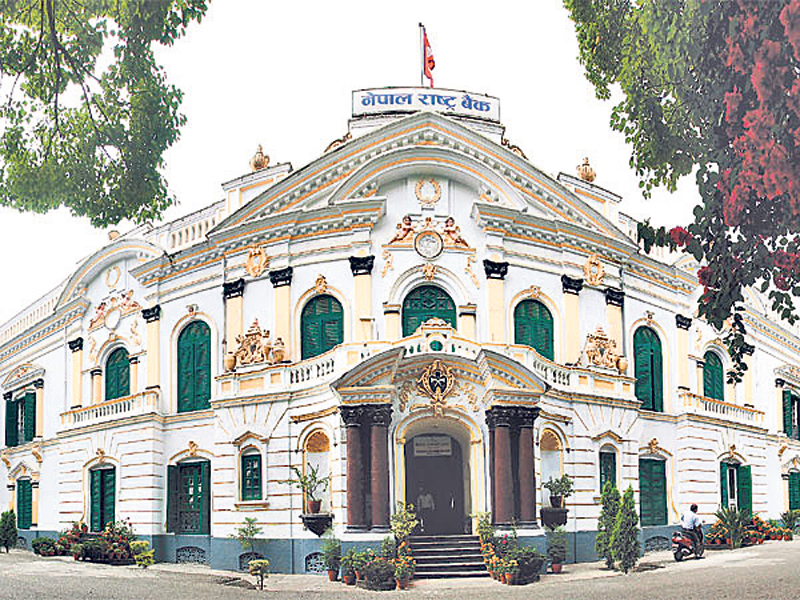
The legal profession's attitude towards women can be gauged by the language used to refer to lawyers, exemplified by the gender-biased term "wokilsab" which implies lawyers are exclusively male. Despite some advancements in women studying law, they still encounter obstacles in obtaining employment and are frequently disregarded for high-profile cases. Additionally, clients' lack of trust in the competence of female lawyers leads to fewer cases for women. Consequently, the legal profession appears to be less accessible to women than to men. The gender disparities in the legal profession are evident in the prolonged period it took for women to achieve the status of senior advocates. This is highlighted by the fact that the first male senior advocate was appointed in 2013 BS, while women had to wait for two more decades to achieve this distinction. The disproportionate representation of women in senior positions, with only 30 senior female advocates out of a total of 581 senior advocates, underscores the subordinate status of women in private law practice.
Women are often subjected to discriminatory practices and biases. Male counterparts in the field often treat women as second-class citizens, addressing them using informal terms such as "bahini" and "nanu". Senior and famous advocates, who are considered role models in the field, often fail to consider women as equal to their male counterparts. Furthermore, legal writings in Nepal are predominantly male-centric, with personal introductions often referencing only one's grandfather, father, and husband. This further reinforces the notion of women being viewed as secondary to men. Additionally, there is a lack of associations or organizations within the legal sphere that advocate for issues such as unequal pay, workplace harassment and abuse, or abuse by counterpart advocates. These concerns are often ignored, and there is little discussion or consideration of policies such as menstrual leave or the creation of female-friendly workplaces and infrastructure.
Lawyers’ Association: Nepal Bar Association
The Nepal Bar Association (NBA) is a private lawyers’ association established in 1956 that is male-dominated and exclusive to men. Despite having 25 central executive committees, there has never been a female president, and none of the 90 bar units has women in leading positions (though some data may be outdated). This lack of female representation indicates that the organization was not designed for women.
The primary goals of the NBA are to enhance a democratic and accountable government and safeguard the rule of law, human rights, inclusion, and social justice. However, the organization has a negligible role in addressing gender-biased legislation and decisions made by the courts. Only men lead organizations that play a prominent role in opposing the judicial and legal systems and urging the government to enact the necessary legislation. As a result, it is unclear how the NBA can achieve its objectives of safeguarding the rule of law, human rights, inclusion, and social justice without women in leading positions or speaking out against gender-biased legislation and decisions.
The lack of response from the Nepal Bar Association (NBA) to recent gender-biased decisions made by the High Court Patan and the Supreme Court is a cause for concern. The cases of minor rape accused Sandeep Lamichhane, the Paul Shah case, and the Achham District Court’s decision are examples of instances where gender sensitivity appears to have been overlooked. Despite this, the NBA has not issued any statements on these matters. Additionally, there have been reports of a judge holding a woman hostage and repeatedly raping her for approximately five years, but the NBA has not responded to these reports. This lack of action raises questions about the NBA's position on gender sensitivity.
Nepalese Legal Education and Licensing
Legal education in Nepal fails to incorporate compulsory courses on gender and social justice, leading to a lack of understanding among law graduates regarding structural biases and societal inequalities.
Furthermore, the National Bar Council (NBC) of Nepal, responsible for the design and administration of licensing examinations for aspiring lawyers, fails to incorporate gender and social justice issues in the testing process. The lack of sensitivity towards these issues in the legal system may be attributed to the male-dominated leadership of both the education system and the NBC (12.12% women with no women occupying leading positions). Consequently, this legal education and licensing system perpetuates a cycle of gender bias within the legal system and results in the reproduction of gender-biased advocates and legal experts who possess an internalized patriarchy and a gender-biased perspective.
Administrative Structure of Courts
The entire mindset of court administration in Nepal is misogynistic. The court administration policies women's bodies and enforces strict dress codes that cover the entire body. Tight clothing is prohibited because the court believes that female bodies are sexual and may distract judges. This hypersexualization of the female body shows that the court fails to view it as just a body. The primarily male staff of the court holds a misogynistic and biased perspective towards female advocates. They treat female advocates as inferior to male advocates, behaving as if they know nothing and "mansplaining" to them.
Infrastructure of Courts
The court infrastructure in Nepal is designed with a male-centric approach, lacking adequate facilities for women. For instance, many courts do not have proper washroom facilities. In a specific incident, I had to bleed on my pants due to a dirty washroom and lack of water to wash my menstrual cup at the Kathmandu District Court. Furthermore, there are no designated areas for women to breastfeed their children within the courts, except for some exceptions. This highlights gender insensitivity in the infrastructure of the Nepalese courts.
The rise in the enrollment of women in legal studies signifies a promising development, indicating that women are overcoming obstacles and striving to establish their footing in the legal profession. However, the present scenario requires urgent attention and resolution. In this context, it is crucial for women in the legal profession to come together, organize themselves, and raise their voices to demand equal representation and a supportive work environment.



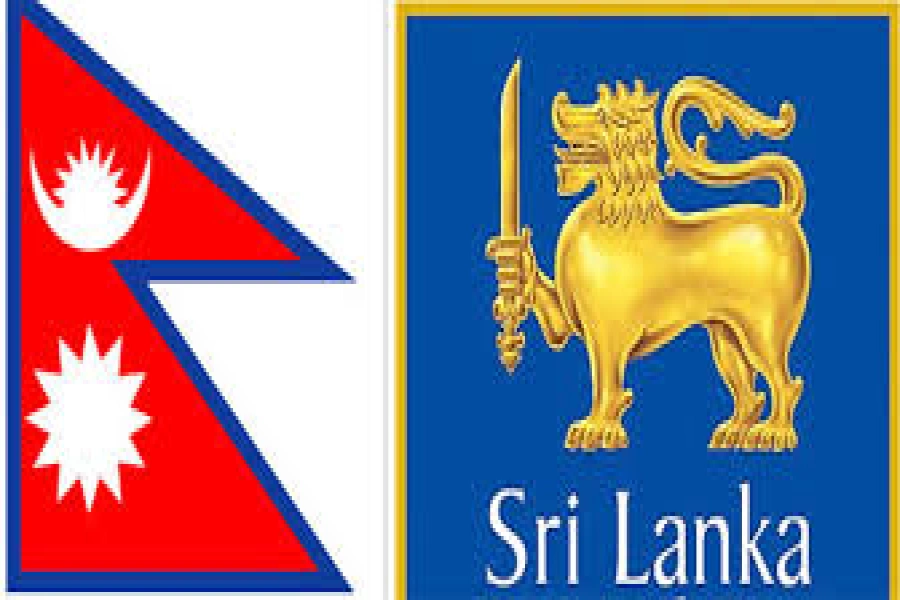
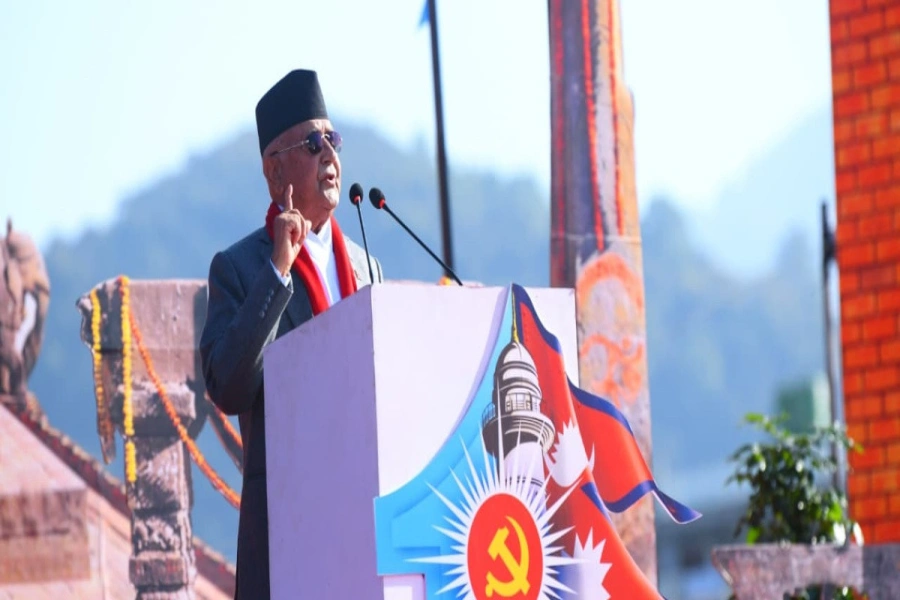

-1765616104-1765618344.webp)
